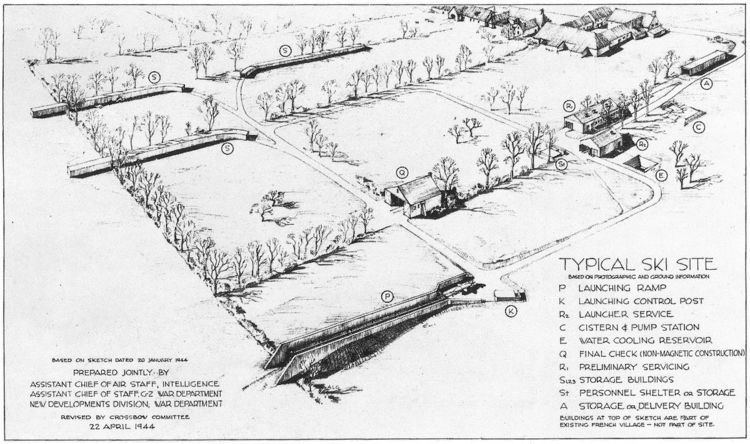Active began 1941 | Country Occupied France Type French Resistance | |
 | ||
Role Human intelligence (espionage) Size >100 informants, a few agents | ||
The Réseau AGIR (English: ACT Network) was a World War II espionage group founded by French wartime resister Michel Hollard that provided human intelligence on V-1 flying bomb facilities.
Contents
Intelligence was collected every 3 weeks directly from volunteer informants
Hollard smuggled information to the British military attaché in Bern, Switzerland, from Occupied France making ninety-eight trips from 1941 through February 1944 when he was betrayed and arrested. After a September 7, 1943, Ultra intercept identified that an agent tasked with gathering V-weapon intelligence had been captured, Réseau AGIR member Olivier Giran was captured and executed in 1943.
On 5 February 1944, Michel Hollard and 4 other AGIR agents (including Henri Dujarier) were arrested during a cafe meeting on the Rue du Faubourg-Saint-Denis (Hollard received the "bath treatment" (torture) by the Milice.)
V-1 espionage
An AGIR railway engineer at Rouen reported in 1943 unusual constructions in Upper Normandy, and Michel Hollard's report of September 1943 to the British Secret Intelligence Service identified six V-1 flying bomb facilities: "Bonnetot [sic] le Faubourg, Auffray [sic], Totes, Ribeaucourt, Maison Ponthieu and Bois Carré". A more detailed report in October about Bois Carré claimed it had "a concrete platform with centre axis pointing directly to London". AGIR reconnoitered 104 V-1 facilities and helped pinpointing the Watten bunker, the first V-2 launching site. AGIR also provided sketches of V-1 launching sites such as one by André Comps of Bois Carré (English: square woods) labeled "La position de Maisons" and B2. Hollard had the site infiltrated by Comps, who copied "the blueprints"—a copy of the compass swinging building blueprint and the Bois Carré sketch were published in 1978.
Post-war
AGIR agents received various British and French military awards (including Hollard's DSO for V-1 espionage), and Hollard's biographies provide AGIR history. In 2009, Joseph Brocard was the last surviving AGIR participant.
